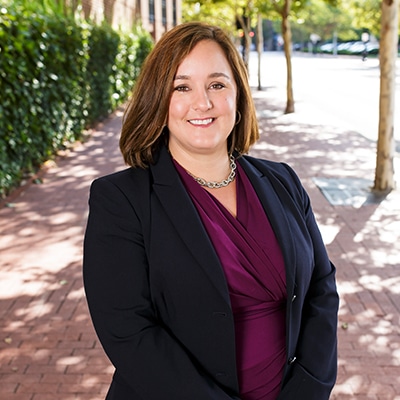Article written by:
Christy Zimmerman, CPA
Tax Director
The IRS recently issued a draft of the 2019 Form 1065, U.S. Return of Partnership Income and the related Schedule K-1. According to the IRS, the changes to the form and Schedule K-1 aim to improve the quality of the information reported by partnerships to the IRS and to its’ partners.
The changes also reflect updates that are consistent with the 2017 Tax Cuts and Jobs Act. The additional information requested on the updated forms will assist the IRS in identifying those taxpayers that are not in compliance with recent tax law changes.
The drafts are near-final. They were released to give tax practitioners a preview of the changes and software providers the information needed to update the software prior to the final versions being released. The final, updated versions will be released in December.
Some of the noteworthy changes are as follows:
- On page 1, there is a new checkbox for 1) whether the taxpayer aggregated activities for §465 at-risk purposes, and 2) whether the taxpayer grouped activities for §469 passive activity purposes.
- A new question (28) has appeared on Schedule B relating to transfers between partnership and partners subject to disclosure under Regulations section §1.707-8.
- Guaranteed payments now need to be designated on Schedule K for services or for capital. Presumably, this disclosure requirement is aimed at the controversial position taken in the proposed §163(j) regulations that a guaranteed payment on capital often constitutes business interest expense subject to the limitations.
- If a partnership interest is owned through a disregarded entity, you will now need to disclose the DRE on the Schedule K-1, question H2.
- Box L of Schedule K-1 now requires tax basis capital, no longer giving the option of GAAP, 704(b) or other capital accounts. This formalizes the requirement contained in the 2018 Form 1065 instructions.
- Box N of Schedule K-1 requires beginning of year and end of year unrecognized §704(c) gain or loss on contributed property.
- Boxes 21 and 22 of Schedule K-1 will now need to be checked if there is more than one activity for §465 at-risk rules or §469 passive activity rules.
Similar changes can be found in the draft of the 2019 Form 1120-S, U.S. Income Tax Return for an S Corporation and its Schedule K-1.
These additional disclosures will create more reporting and additional compliance time for completing these requirements for tax years 2019 and forward. Please consult your GBQ representative to discuss further.
